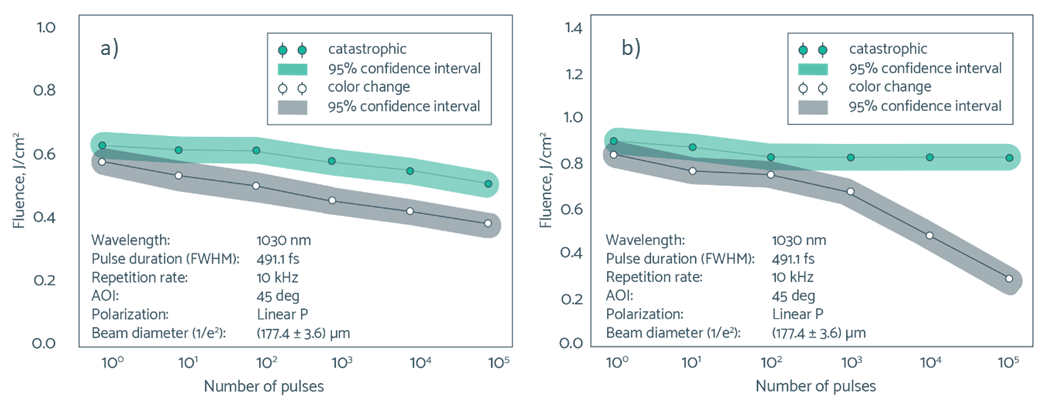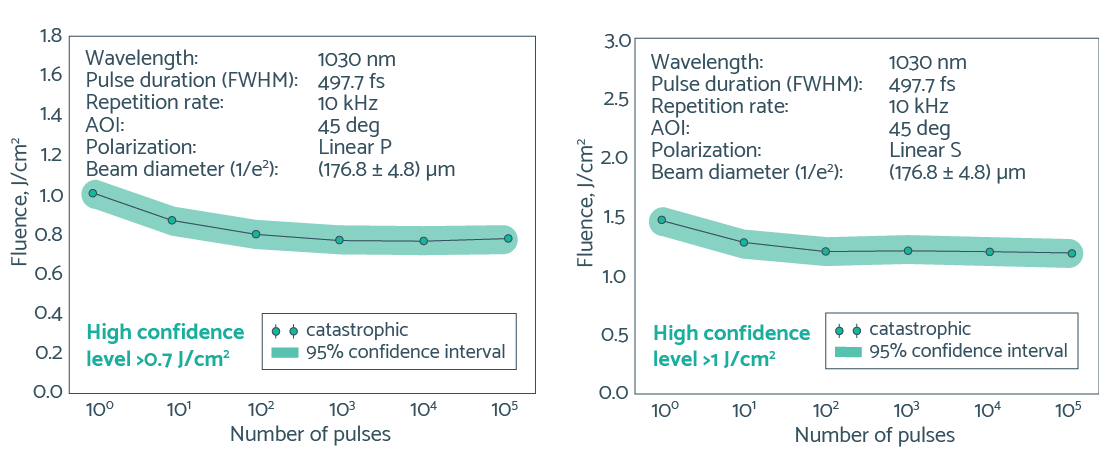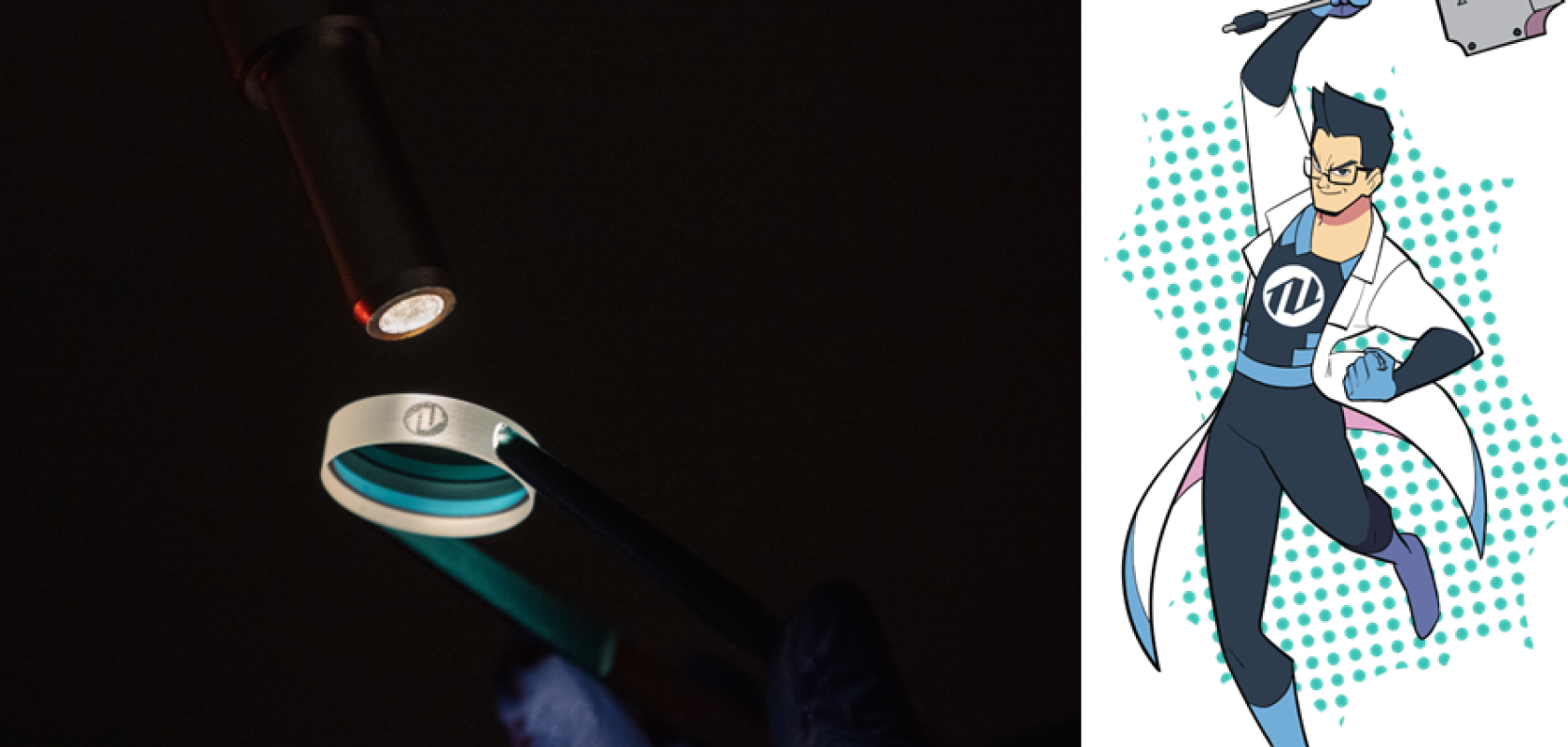With great [laser] power comes great responsibility [for coaters] – this slightly interpreted phrase of Uncle Ben (the uncle of Spiderman) is the main motivational slogan of the OPTOMAN team. It does not only prove that we are geeks at OPTOMAN but it is also the driving force in making optical components able to resist the ongoing increase of laser power and decrease in pulse duration. It makes OPTOMAN take innovation very seriously.
Ultrafast lasers, such as Ti:Sapphire, Yb:YAG, Yb:KYW/KGW or Yb doped fiber lasers generating intense short pulses with durations down to a few femtoseconds, have opened up a new chapter in material processing. However, this has also brought new challenges for thin film coaters, as coatings optimized for nanosecond applications do not work for such short pulses (or work very short). Since any laser, no matter how powerful and fast it may be, is only as strong as its weakest link, ultrafast optics and reasons behind their damages must be addressed strategically.
So why are ultrafast lasers so ultrafast in damaging optics?
While the high laser-induced damage threshold (LIDT) is a buzzword when talking about femtosecond and picosecond optics, it is not (only) the nominal LIDT value that matters. Laser damage is a complex phenomenon and, while the result is the same – the optical component is ruined and not suitable for further use, there are different laser damage types and mechanisms. The main ones speaking about ultrafast optics are catastrophic damage and colour change. Catastrophic damage causes light scattering, while colour change affects the laser pulse shape and temporal characteristics.
LIDT tests performed for a relatively small number of pulses may not illustrate this division of damage types. The colour change is noticeable only after a number of pulses, thus it is important to replicate real-life applications in order to understand the real threshold of ultrafast optics. The separation of laser damage modes – catastrophic and colour-change – is evident when measuring standard optics with a higher number of pulses:

Figure 1. LIDT measurements of market-standard mirrors (a) and market-standard high-power mirrors (b)
The measurements indicate that both types of damage are more likely to occur with an increasing number of pulses and that colour-change damage occurs at lower fluence values compared to catastrophic damage. It can also be seen that colour change is the dominant damage mechanism after prolonged radiation (>103 pulses), especially for high-power mirrors. This can be explained by the optical fatigue effect which causes degradation of coatings.
What separates standard mirrors from high-power ones is the choice of coating materials, as it is possible to increase the catastrophic damage threshold by choosing higher bandgap coating materials. However, the colour-change effect still remains there working with ultrashort pulses of 10ps and less. Therefore, it is clear that the colour-change effect is an arch-enemy and a LIDT-limiting factor for ultrafast applications, and has to be eliminated in order to increase the lifetime of optics and reduce the total cost of ownership.
It is well known that absorption is the main cause of laser damage. However, we have noticed that colour change caused by degradation of coatings is more sensitive to changes in absorption than catastrophic damage which mainly depends on the bandgap of materials (considering that the coating does not have absorptive defects). Even the slightest improvement in absorption can significantly reduce the fatigue effect and degradation process. OPTOMAN has accepted the challenge to do so.
Strategically working towards colour-change elimination, OPTOMAN did a number of R&D runs, aiming to optimise coating design, coating parameters as well as pre- and post- coating processes. Eventually, OPTOMAN was able to reduce coating absorption down to ~1 ppm for the s-polarisation component and ~2 ppm for the p-polarisation component:
Figure 2. Longitudinal photothermal absorption measurement of HR mirror
This achievement has paved the way for further actions. Having the coatings degradation challenge in mind, OPTOMAN has developed a product specifically optimised for ultrafast laser applications – SuperHero League Mirrors featuring no colour-change damage. The LIDT of these mirrors is defined only by the catastrophic-damage values which have also been boosted and are higher than market-standard high-power mirrors.

Figure 3. LIDT measurements of SuperHero League Mirrors
Find out more about OPTOMAN capabilities by clicking here.


